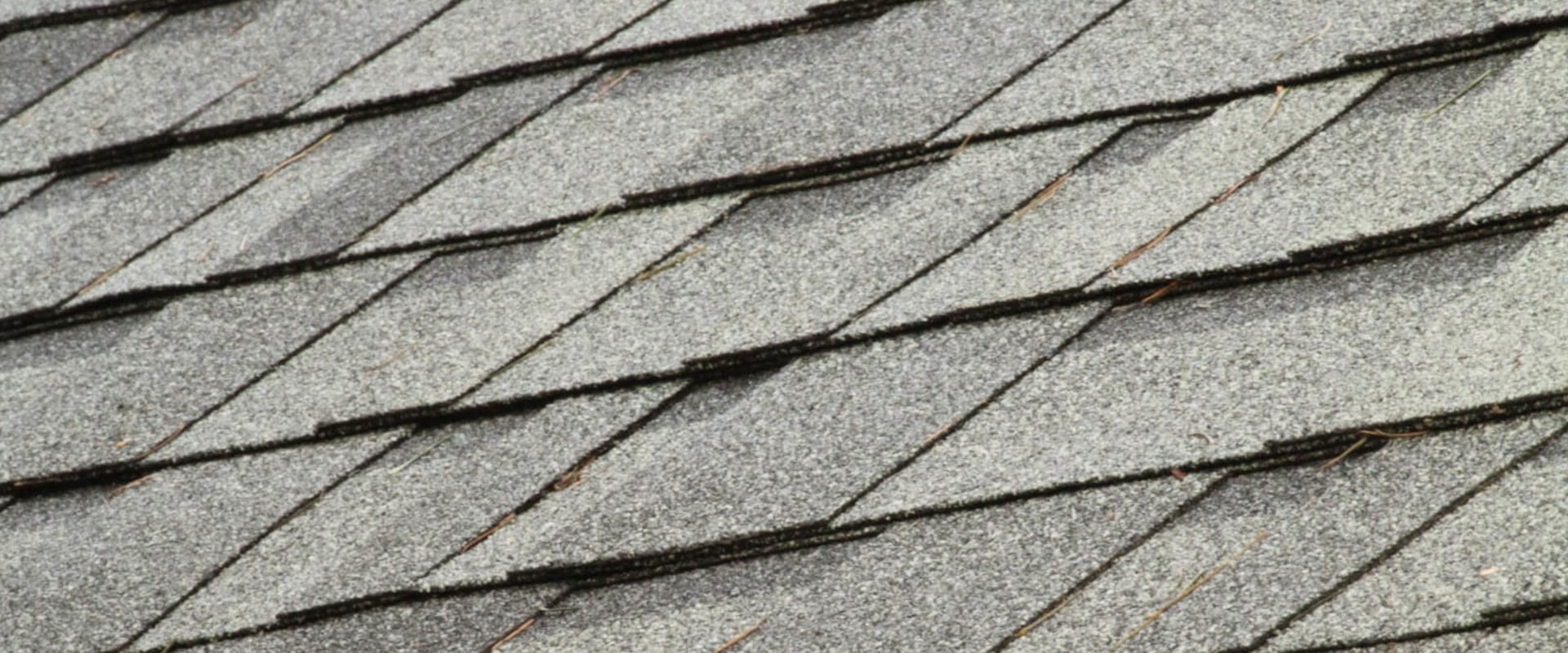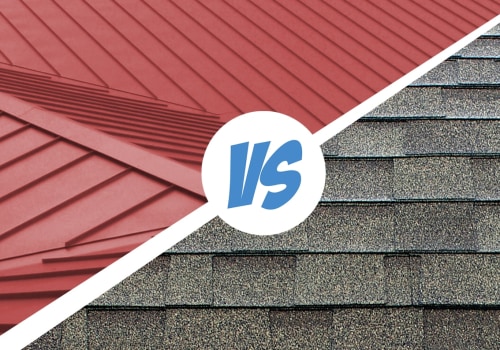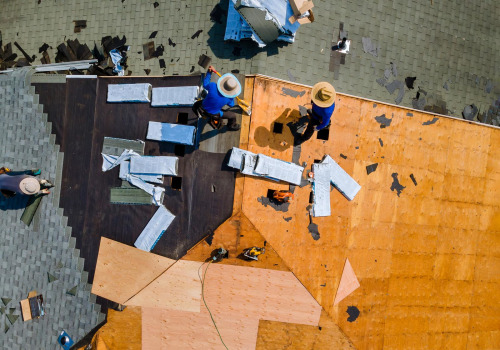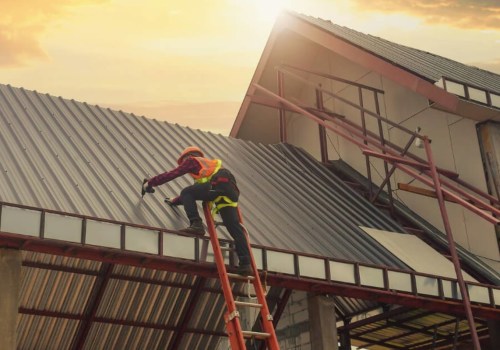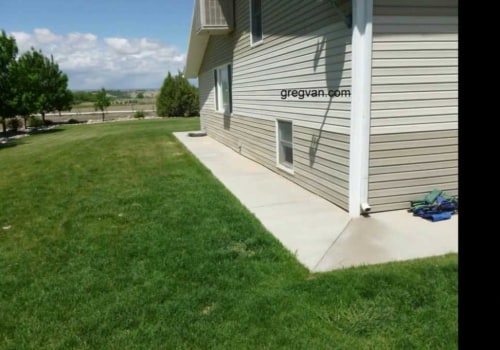Choosing the best type of roof for heavy rain is crucial for ensuring the long-term durability and integrity of a home. Roofs in regions with heavy rainfall must be designed and constructed to effectively shed water, resist leaks, and withstand the constant moisture exposure. Several roofing materials and designs excel in these conditions, each offering unique benefits and features suited to wet climates.
One of the most effective roofing options for heavy rain is metal roofing. Metal roofs, made from materials such as steel, aluminum, or copper, are renowned for their durability and water-resistant properties. The smooth, hard surface of metal roofs allows rainwater to flow off quickly and efficiently, reducing the risk of water pooling and leaks. Additionally, metal roofs are highly resistant to corrosion and rust, making them an excellent choice for wet environments. They also have the advantage of being lightweight, which places less stress on the building structure, and their longevity often surpasses that of other roofing materials, sometimes lasting up to 50 years or more with proper maintenance.
Another excellent option for heavy rain is clay or concrete tile roofing. These materials are particularly effective in shedding water due to their design and weight. The overlapping installation of tiles creates a highly effective barrier against water infiltration. Clay and concrete tiles are also non-combustible and resistant to rot and insects, contributing to their longevity and durability in wet climates. However, they are heavier than other roofing materials, so it is important to ensure that the underlying roof structure can support the additional weight. Despite the higher initial cost, the long-term benefits and low maintenance requirements of tile roofs make them a wise investment for areas with heavy rainfall.
Asphalt shingles, particularly architectural shingles, are also a viable option for heavy rain areas. These shingles are designed with a thicker, more durable composition compared to traditional three-tab shingles. They provide enhanced protection against water penetration and wind-driven rain. Proper installation with adequate underlayment and waterproof barriers is essential to ensure that asphalt shingles perform well in wet conditions. Additionally, architectural shingles come in a variety of styles and colors, allowing homeowners to choose an aesthetically pleasing option that also offers strong weather resistance.
Slate roofing is another top contender for heavy rain conditions. Known for its natural beauty and exceptional durability, slate is a dense, impermeable stone that provides superior protection against water infiltration. Slate roofs are also fire-resistant and can last over a century with proper care, making them one of the most durable roofing options available. However, like tile roofs, slate is heavy and requires a robust roof structure to support its weight. The higher cost of slate roofing is offset by its longevity and minimal maintenance requirements, making it an excellent long-term solution for rainy climates.
When selecting a roofing material for heavy rain, it is also essential to consider the pitch and design of the roof. Steeper roof pitches are more effective at shedding water quickly, reducing the likelihood of water pooling and leaks. Roof designs with adequate drainage systems, such as gutters and downspouts, are crucial for directing water away from the building's foundation and preventing water damage. Proper ventilation is also important to prevent moisture buildup and mold growth in the attic space.
In addition to choosing the right material and design, the quality of installation plays a critical role in the roof's performance in heavy rain. Hiring experienced professionals, such as H&L roofing contractors, ensures that the roof is installed correctly and meets all necessary specifications for water resistance and durability. H&L roofing contractors have the expertise to recommend the best roofing materials for heavy rain conditions and can provide high-quality installation services to ensure the roof's longevity and effectiveness.
In conclusion, the best type of roof for heavy rain depends on several factors, including the roofing material, design, and quality of installation. Metal roofs, clay or concrete tiles, architectural asphalt shingles, and slate roofs are all excellent choices for wet climates due to their durability, water resistance, and longevity. Steeper roof pitches and well-designed drainage systems further enhance the roof's ability to handle heavy rainfall. By considering these factors and working with reputable professionals like H&L roofing contractors, homeowners can ensure that their roofs provide reliable protection against the elements and maintain their integrity for years to come. Proper selection and installation of the right roofing system can significantly mitigate the challenges posed by heavy rain, providing peace of mind and safeguarding the home against water damage.
